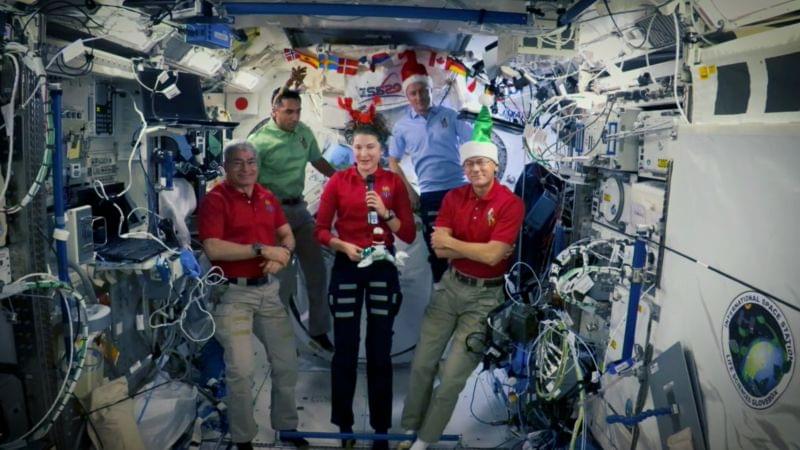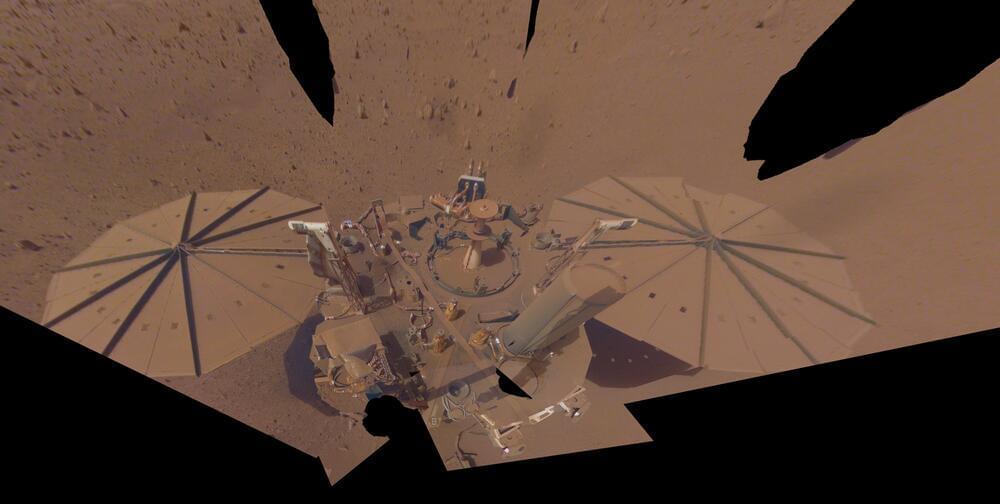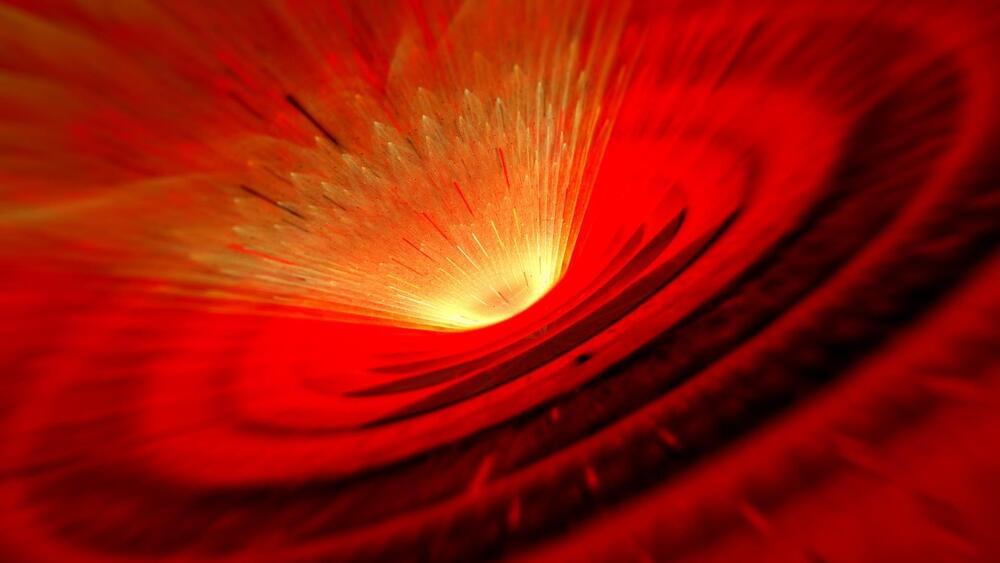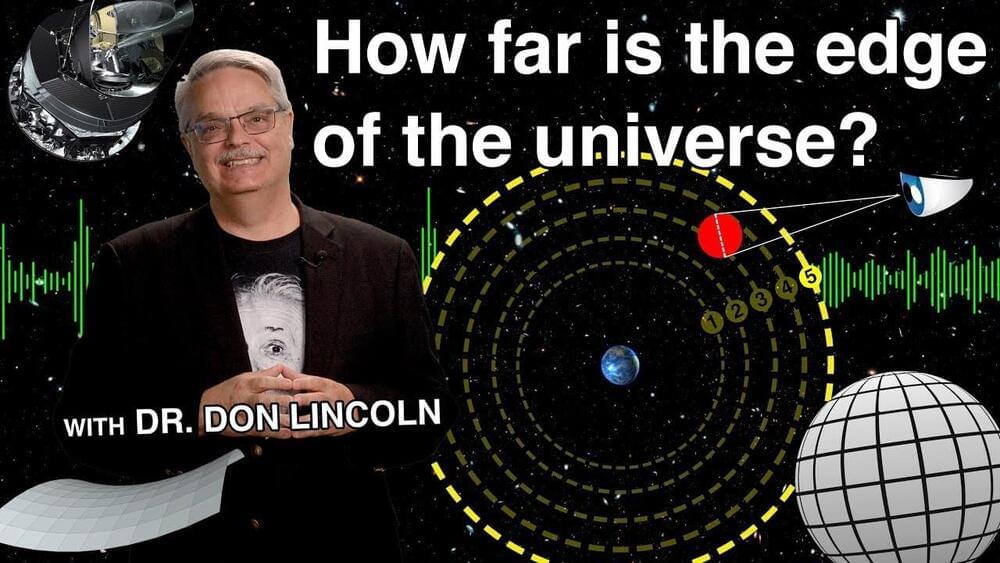Dec 21, 2022
Strawberries in Water Bottles, Palak in PVC Pipes: 70-YO Grows all Veggies on Terrace
Posted by Shubham Ghosh Roy in categories: business, food, solar power, space, sustainability
For 70-year-old Lizy John from Bengaluru, Karnataka, nurturing a lush vegetable and fruit garden on her terrace has been highly rewarding and satisfying. Without a second thought, she credits her passion for farming to be the sole reason for staying healthy and energetic even at this age.
After running a snacks business for over 25 years, she decided to retire and focus on expanding her farming venture. Though there wasn’t enough space, she says that it wasn’t a challenge at all.
“Though we have a 1,200 sqft terrace, I grow my veggies in less than 1,000 sqft, as the solar panels and water tanks consume the rest of the space. But it was more than enough for me. I admit that I am happier and at peace ever since I started growing my own food at home,” Lizy tells The Better India.

















